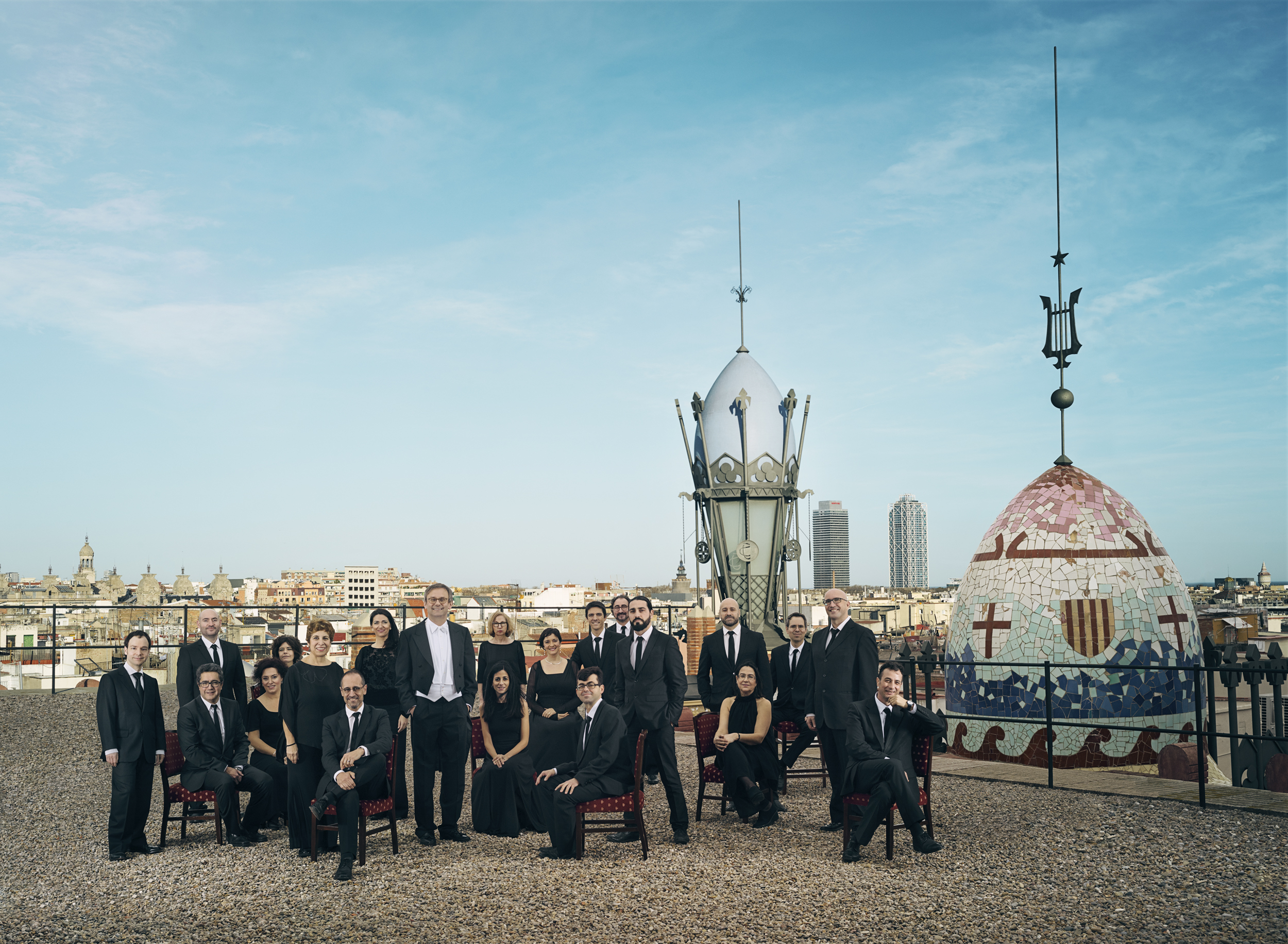The Sinfónica de Tenerife gives a double concert of Bach’s 'Christmas Oratorio'

Christmas Oratorio is Sinfónica de Tenerife’s sixth concert in the 2019-2020 season, which is taking place at 7:30 pm on Friday, the 20th in Auditorio de Tenerife, under the baton of its principal conductor Antonio Méndez. Part of the same programme will be played at La Laguna Cathedral on Thursday the 19th at 8:00 pm, as it is included in the events of the 200th anniversary of the establishment of San Cristóbal de La Laguna Diocese.
For their new concert -this is the first time this work is included in their repertoire- the Sinfónica de Tenerife appeals to recollection, reflection and joy, as suggested by Johann Sebastian Bach in the score of his Christmas Oratorio BWV 248. The soloists are soprano Marta Bauzà, contralto Mireia Pintó, tenor Juan Antonio Sanabria and baritone Fernando Campero, along with choirmaster Xavier Puig, who will conduct Palau de la Música Catalana’s Cor de Cambra.
The first part of the programme includes Cantata I: Jauchzet, frohlocket, auf, preiset die Tage and Cantata II: Und es waren Hirten in derselben Gegend. The second part comprises Cantata III: Herrscher des Himmels, erhöre das Lallen and Cantata VI: Herr, wenn die stolzen Feinde schnauben.
The Christmas Oratorio is a religious composition written in 1734 and is socially, culturally and religiously significant in Europe, especially in Germany -Bach’s native country- where it is recurrently performed at this time of the year. The work shows technique, resources and creativity providing a wide musical display that has been a source of inspiration for later composers.
Bach created a work divided in six parts to cover the liturgy of Christmas, the New Year and the Epiphany. The global result comes from the unity of action contained in the text, the presence of recitatives taken from the Scriptures and a stressed personification, with the performance of real drama roles.
This oratorio was composed using a common technique at the time known as parody or self-borrowing, in which at least 13 of the 64 numbers are from previous cantatas by Bach for different events, both liturgical and secular.
Rejoice, sing happily and celebrate these wonderful days is the title of the first part, that starts with an energetic choir that appeals to joy and hope. The music of this first choir was originally for the birthday of the Princess of Saxony (BWV 214,1). This explains its natural joy, combined with the solemnity of trumpets and timpani. The ternary beat contributes to convey the expression of joy and celebration in the musical rhetoric.
Meant for Christmas Day, the second cantata starts with a symphony, a genre that designated the overture before dramatic or vocal works. One of its noteworthy features is its rhythm, characteristic of pastoral and rural music, reinforced by the tonality of G major in a musical dialogue between angels, represented by strings and flutes, and shepherds, depicted in the sound of four oboes.
The third part is a cantata that recovers the festive atmosphere of the beginning as the first cycle of Christmas celebrations come to an end, both in terms of time and liturgy and in terms of music. This fragment contains one of the few passages purposefully composed for this work: an aria where the contralto, violin and continuo delicately reflect on a prayer that invites to recollection.
The concert concludes with the sixth cantata, about the Epiphany. This is an epilogue to Christmas celebrations that deals with the Magi and brings back the happiness and rejoicing of the first and third cantatas.
Tickets for this subscription concert can be purchased at the Auditorio de Tenerife box office from 10:00 am to 7:30 pm Monday to Saturday except on holidays; by telephone on 902 317 327; or via the internet on www.sinfonicadetenerife.es and www.auditoriodetenerife.com.


